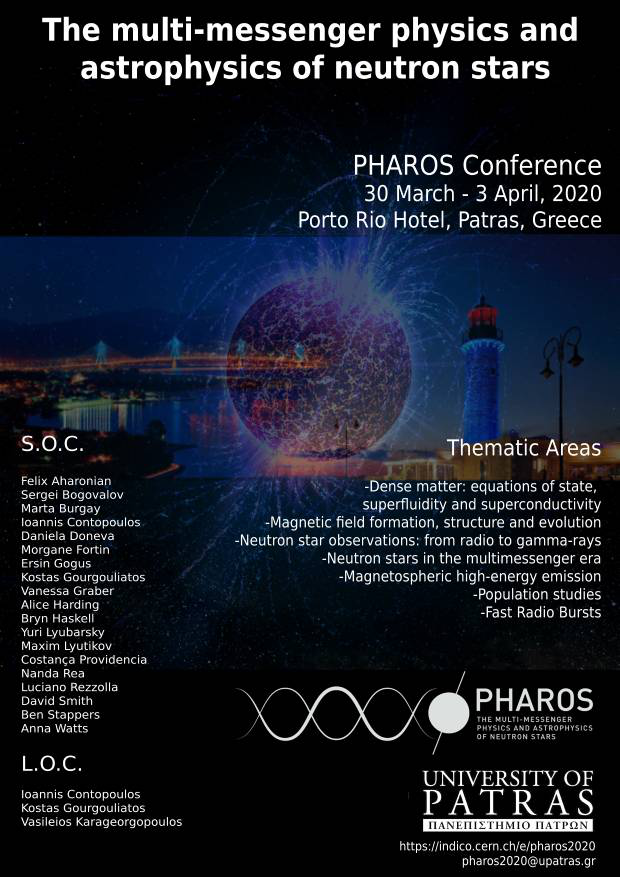Speaker
Description
Although there are copious amount of theory and observation dedicated to pulsar radio emission, very few have investigated the exact nature of emission mechanism and power spectra of radio pulsars. Some recent literature have tried to make out consensus with observed brightness temperature of radio pulsars by incorporating bunch, plasma physics along with suitably chosen emission beam geometry. But still there are some ambiguity regarding bunch formation mechanism scenario and their stability. In this abstract, I mostly try to confine on modelling of power spectra of radio pulsars by implementing non-linear plasma physics as a potential tool.
There are basically three prominent processes in which electromagnetic waves can undergo scattering in an ambient plasma medium. First, one is very well known Compton scattering, it is the process when the scattering of radiation occurs by a single electron. Second and third ones are Stimulated Raman Scattering (SRS) and Stimulated Compton Scattering (SCS), which are the relatively less known plasma process. By definition, SRS is a process, where the scattering of radiation occurs by longitudinal electron plasma mode, whereas SCS occurs by highly damped electron plasma mode. In this article, we have explored the possibility of explaining the radio power spectra of pulsar under different circumstances. We have computed growth rate due to SRS instability by using analytical formula (Drake et al. 1974; Liu and Kaw 1976) and growth rate due to SCS instability, numerically. Thereafter we have reproduced the full radio power spectrum of the following pulsar, PSR 2111+46 theoretically by assuming dispersion relation of un-magnetized plasma and the spatial variation associated with different plasma parameters like plasma density, Lorentz factor of electron jet, frequency and input flux of the pump wave. So it is possible to generate an empirical formula for each and individual radio pulsars by tuning them with different plasma index. Pump wave from background radiation in the pulsar magnetosphere interacts with relativistically moving electron jets, coming out from the pulsar surface. There exist some phase matching and other prevailing conditions on plasma parameter. If those particular conditions are satisfied for three wave interaction scenario, then input radiation gets enhanced and back-scattered, by interacting with electron jets. Let's assume that electron jets do follow Maxwellian distribution. Now If the phase velocity of background radiation or pump wave falls in the negative slope region of the velocity distribution curve of electrons, electrons will get back energy from the pump wave and in the positive slope region electrons will imparts energy to pump waves. As a consequence electrons will suffer Landau damping and the scattered wave amplitude will grow with time and attain some non-linear unstable stage in positive slope regime and finally dissipate energy in terms of radio emission. This might be the most viable scenario in the context of enhanced growth rate, associated with radio emission of pulsars. We have tried to model two-segmented broken power law and single power spectra of radio pulsars, by incorporating different constraints associated with the plasma parameters with a valid theoretical basis.

